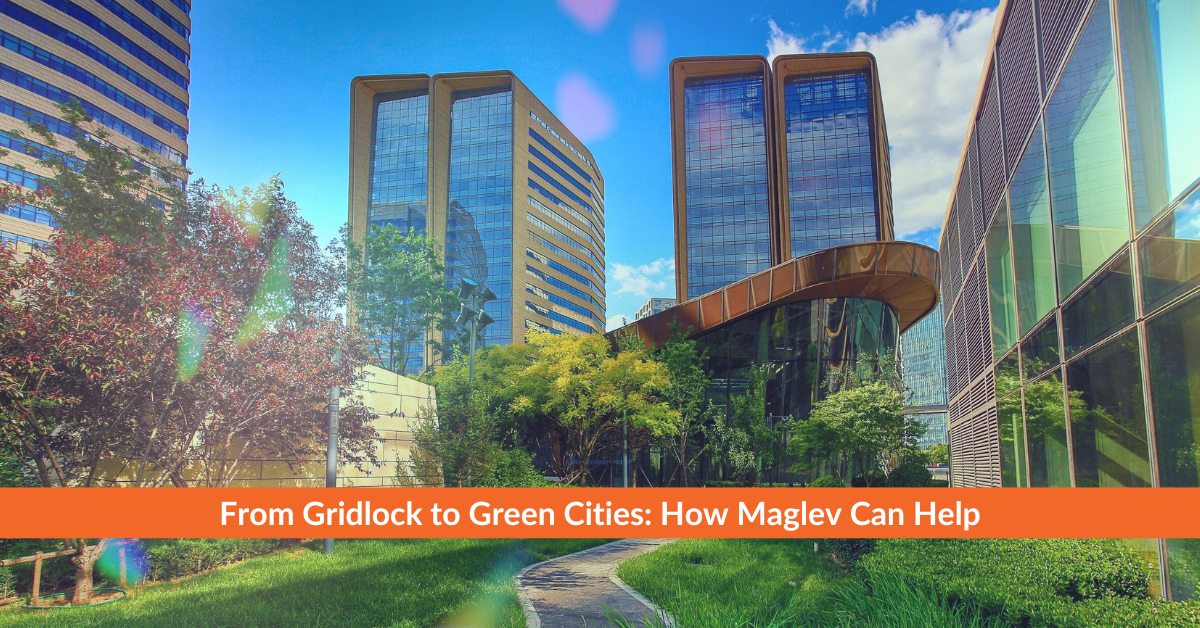Across the Northeast Corridor, urban centers are grappling with the same challenge: how to grow and thrive without choking on their own success. As cities become more crowded and congested, the costs show up everywhere — in traffic-clogged streets, rising emissions, poor air quality, and stressed-out commuters.
High-speed rail, especially cutting-edge solutions like the Northeast Maglev project, offers a way forward. By providing a faster, cleaner alternative to cars and planes, Maglev technology can play a major role in helping urban centers reclaim their air, reduce congestion, and create healthier environments for people to live and work.
Cutting Emissions at the Source
Transportation is one of the largest contributors to greenhouse gas emissions in the United States, with personal vehicles and airplanes doing much of the damage. Shifting travelers from cars and short-haul flights to electric-powered high-speed rail can make a real dent in overall emissions.
Maglev trains are powered by electricity and produce far fewer emissions per passenger mile than cars or planes. By offering an attractive alternative for both business and leisure travelers, Maglev helps cities move closer to their climate goals without sacrificing economic growth or connectivity.
Reducing Traffic and Congestion
Ask anyone who commutes into or out of a major city, and you’ll hear the same complaints: endless traffic jams, long delays, and stressful, unpredictable travel times. High-speed rail can pull thousands of cars off the roads every day, easing pressure on highways, bridges, and city streets.
By giving travelers a reliable, efficient alternative, Maglev frees up road space for local traffic, improves the flow of goods and services, and reduces the need for costly infrastructure expansions.
Improving Air Quality and Public Health
Vehicle emissions don’t just harm the planet; they directly impact the health of city residents. Poor air quality contributes to respiratory illnesses, heart disease, and other chronic health conditions, especially in dense urban neighborhoods.
By reducing reliance on car travel, high-speed rail helps cut the pollution that settles over cities and endangers public health. It’s a win for the environment and a critical investment in healthier communities.
Supporting Greener Urban Planning
As cities rethink how they grow, transportation plays a central role. High-speed rail encourages more compact, transit-oriented development that prioritizes walkable neighborhoods, green spaces, and vibrant local economies.
With Maglev connecting major hubs, cities can focus on building environments where people want to live, work, and play — without being dominated by highways and parking lots.
A Breath of Fresh Air for the Northeast
The Northeast Maglev project isn’t just about getting people from point A to point B faster; it’s about reshaping the way our cities function. By cutting emissions, reducing congestion, and supporting healthier urban environments, Maglev offers a powerful tool for helping Northeast cities breathe a little easier.
Cleaner, greener cities aren’t a distant dream — they’re within reach. And high-speed rail is ready to help make them a reality.
